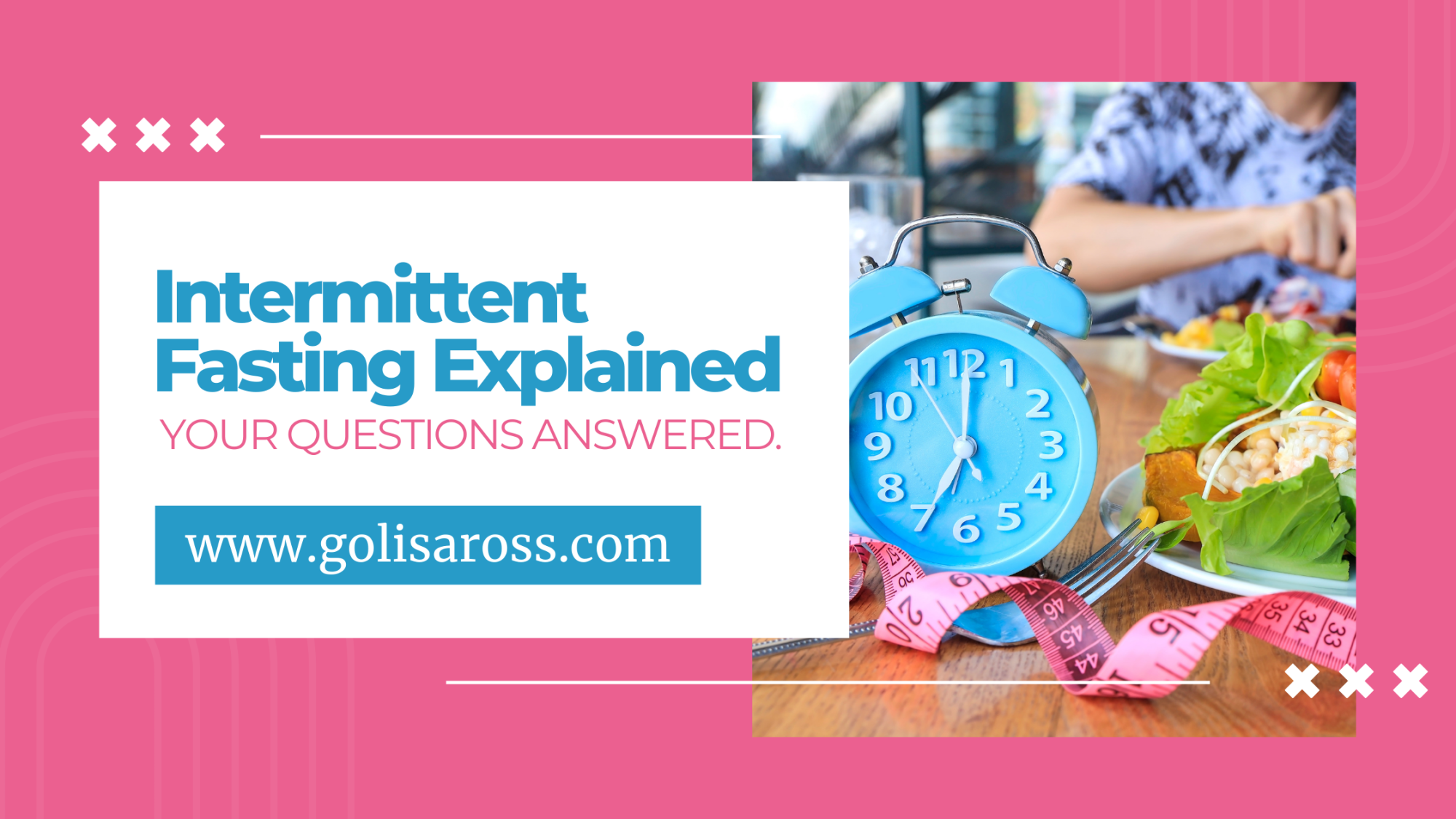
Intermittent fasting has become a popular topic in the health industry recently. It’s a simple concept – instead of focusing on what you eat, it focuses on when you eat. I’ve been doing Intermittent Fasting (IF) since the fall of 2019 and I have to say, it’s just become part of my lifestyle and I love it! Maybe you aren’t familiar with this lifestyle of eating or have questions about how to get started and the benefits it provides. In this blog post, I will break down the basics of intermittent fasting and answer some of the most common questions.
What is intermittent fasting?
Intermittent fasting is an eating pattern that alternates between periods of eating and fasting. There are different types of intermittent fasting, but the most popular is the 16/8 method. This means that you fast for 16 hours and eat within an 8-hour window. During the fasting period, you are only allowed to drink water, coffee, or tea. The main idea is to limit your calorie intake and give your body time to rest and digest before consuming more food.
 Does it help with weight loss?
Does it help with weight loss?Yes, intermittent fasting may help with weight loss. By restricting the amount of time you eat during the day, the caloric intake will be less, leading to weight loss. Studies have also shown that intermittent fasting leads to a reduction in insulin levels, which helps to improve metabolism and burn more fat. Another benefit of intermittent fasting is an increase in human growth hormone, which helps to protect lean muscle mass and burn fat.
I recently listened to this podcast by Dr. Mark Hyman, How to Do Intermittent Fasting for Weightloss and Better Health, and he explains that after hours without food, the body exhausts its sugar stores and starts burning fat, often referred to as metabolic switching! Give it a listen, it's loaded with great information on intermittent fasting.
Can you eat whatever you want during the eating window?
Technically, you can eat whatever you want during the eating window but it’s not advisable. Intermittent fasting is not a magic pill to help you lose weight but a lifestyle change that requires a healthy diet. You should prioritize nutrient-dense, whole foods, and avoid processed or junk food. Eating balanced meals with protein fruits and vegetables during your eating window will help improve the benefits of intermittent fasting.
Who shouldn't do intermittent fasting?
Intermittent fasting is not for everyone. Persons with low blood sugar, type 1 diabetes, and women who are pregnant or breastfeeding should avoid intermittent fasting or consult a doctor before starting. Those with a history of eating disorders may also not be recommended to partake in intermittent fasting. All that to say, a simple 12/12 eating window is safe for anyone to follow (for example: if you finish eating dinner at 7 PM, then wait to eat breakfast until 7 AM).
How do you get started with intermittent fasting?
Starting intermittent fasting can be intimidating, but it’s essential to start slow and ease yourself into it. Begin by starting with a 12-hour fast, followed by a 12-hour eating window, then gradually increase the length of the fast by two hours until you reach a 16-hour fast, followed by an 8-hour eating window. You can also experiment with different types of intermittent fasting to find which one suits your lifestyle best.
Conclusion:
Intermittent fasting is a popular eating pattern that is not only beneficial for weight loss but also improves overall health which is why we encourage this way of eating in the 11-Day Jumpstart program. The benefits of intermittent fasting can be achieved through a healthy, well-balanced diet, and a gradual increase in the fasting period. You should consult your doctor before starting this eating pattern to ensure it's safe for you, especially if you have known medical issues. By adjusting your eating habits, you can make lasting changes to your lifestyle and improve your overall health.



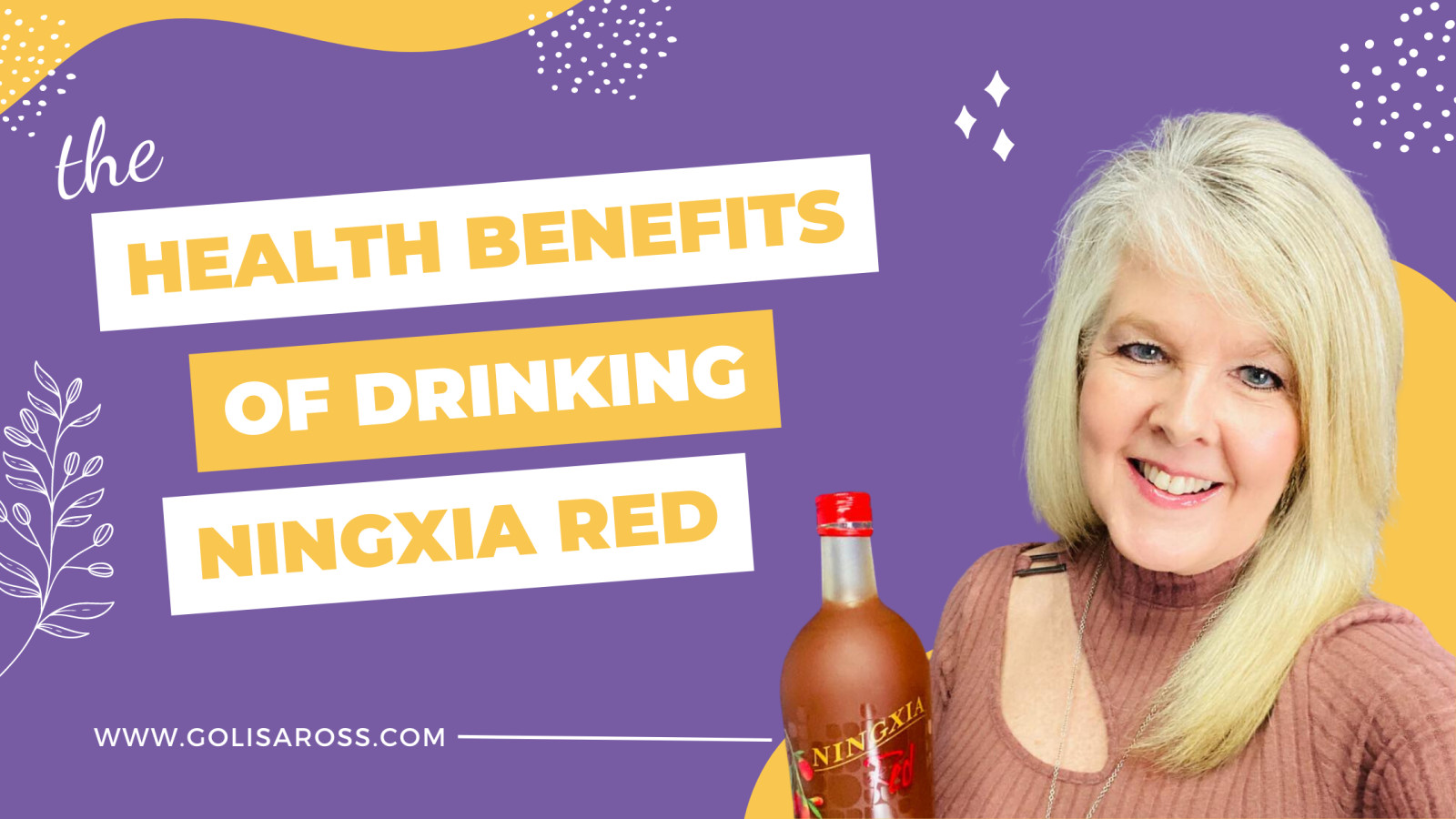
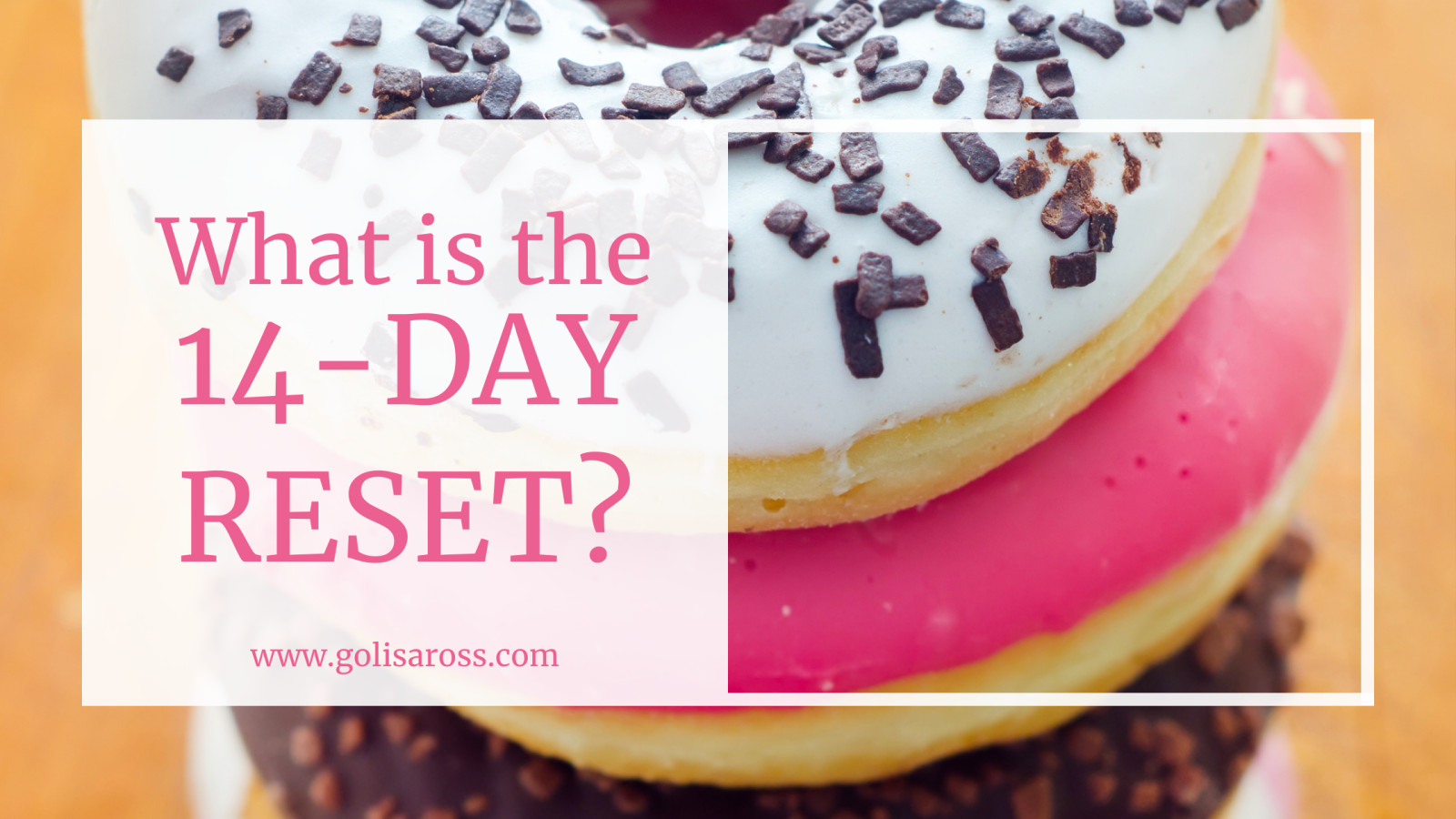
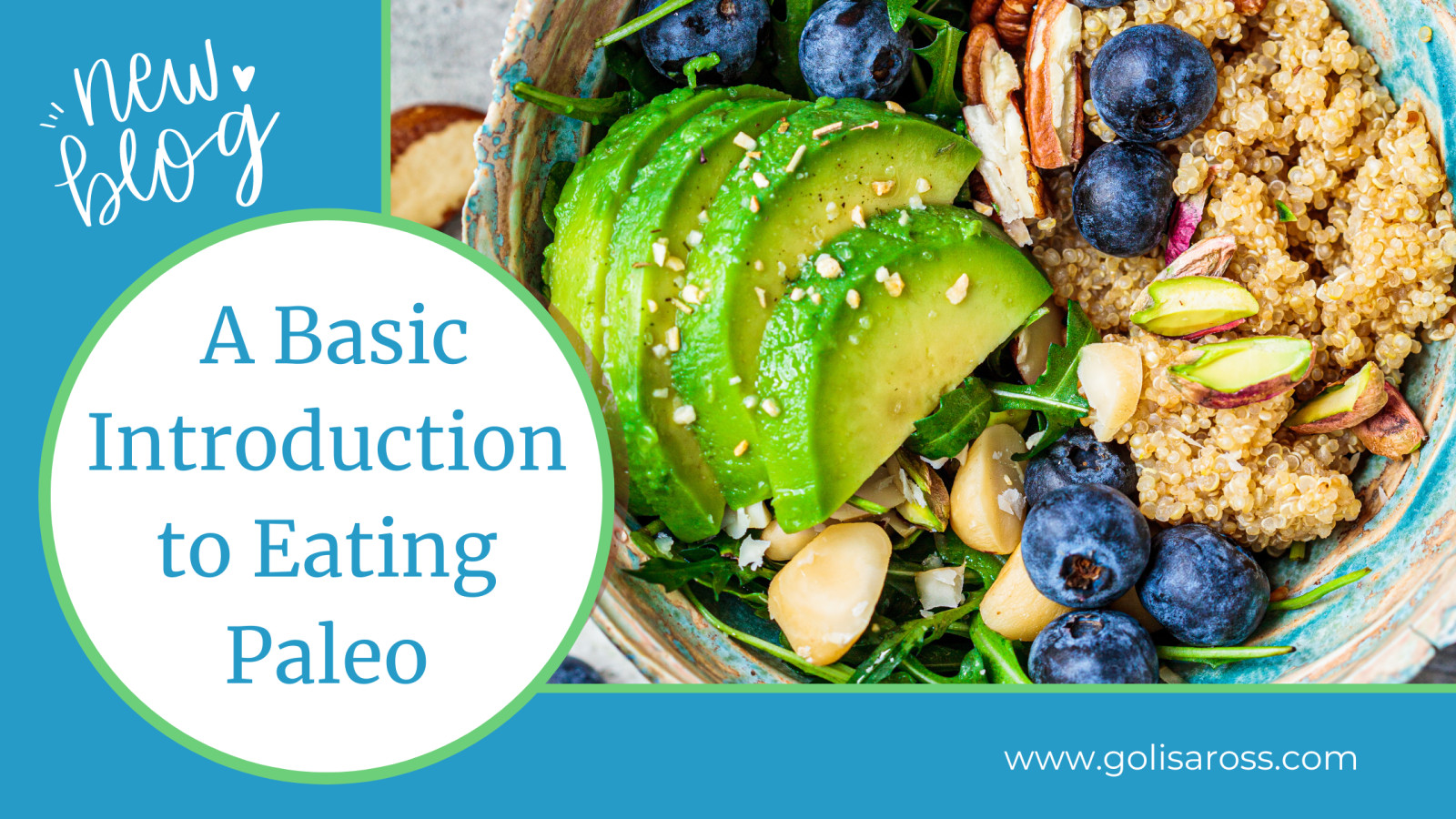



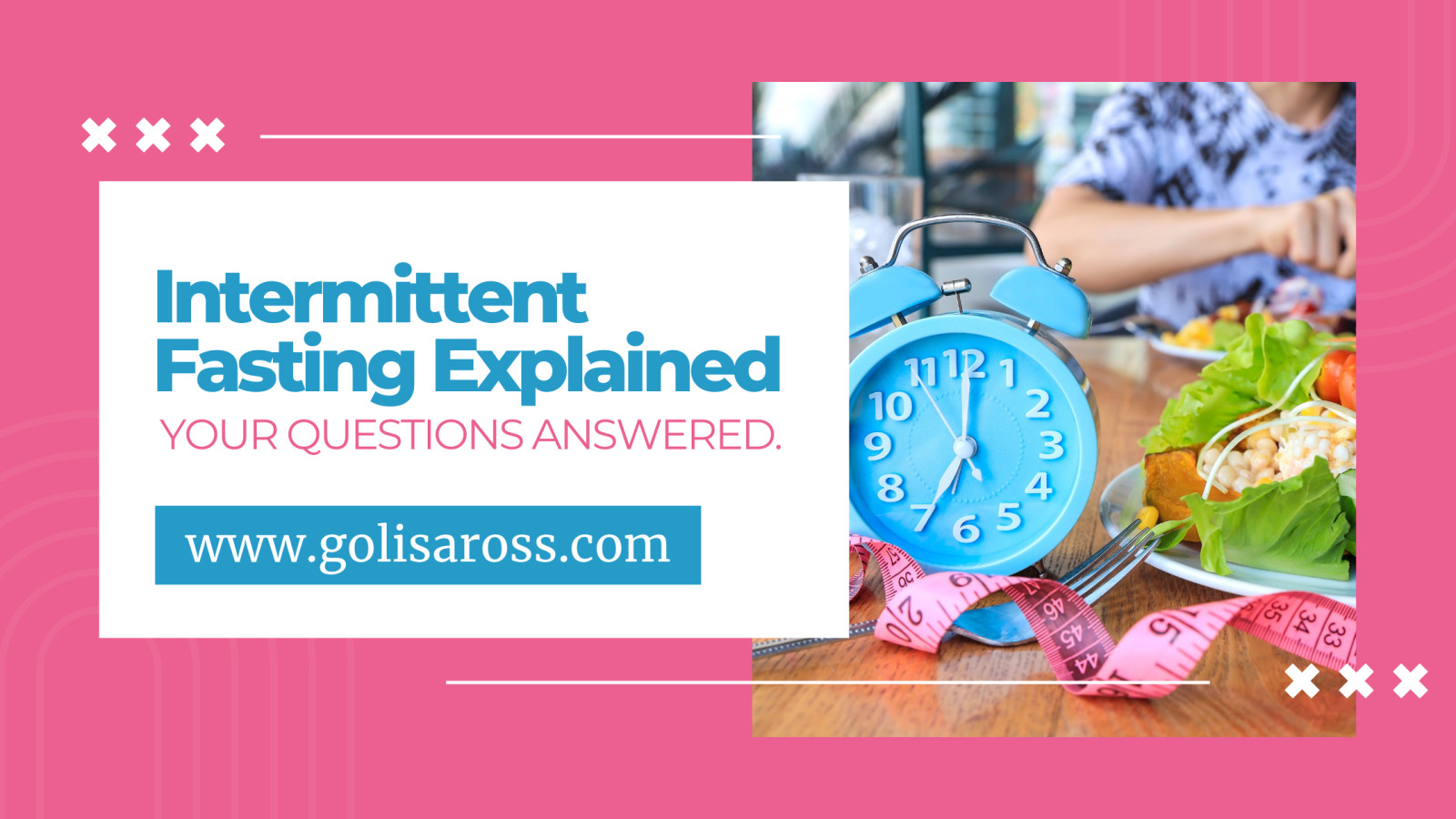



0 Comments